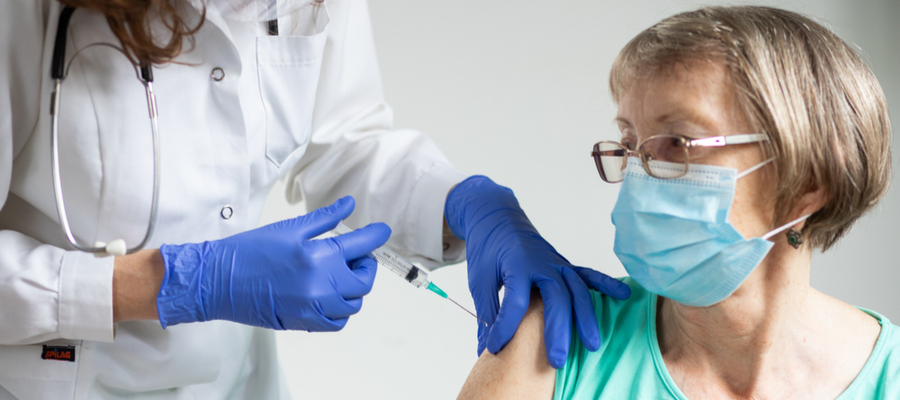For months I’ve been anxious about when and where I would receive my COVID-19 vaccination. Perhaps with too much ardour, I’ve followed cable news and scanned the Internet to explore vaccine availability.
Then, all of a sudden, last week, it was my turn. My regional health care unit of Halton in Southern Ontario announced that those born in 1951 and earlier could cruise online to reserve a spot. One week later, the regional health care unit said they would begin vaccinating those 65 years and older.
First, I tried the sign-up portal at one minute past midnight, but a banner said the website was under construction and would open at 3 a.m. I decided to stay up until 3 a.m. and turned to Netflix to keep me awake; however, I tried again at 1:30 a.m. to check if the website was functioning, and it was.
It took me less than five minutes to reserve my appointment for my first vaccination. I had to have my Ontario health card on hand to book my appointment online. That’s how you identify yourself, your address and your age. (Your health card may not be a requirement for every region or province.) After that, you scroll down and select a convenient date and time. I chose Sunday at the Oakville Trafalgar Memorial Hospital, an appointment only three days after I registered.
Once I arrived at the hospital, with full directions provided on the website, the entire procedure took 30 minutes from start to finish, including the 15-minute post-injection waiting time. The staff was uniformly pleasant and superbly organized. The Registered Nurse who gave me the injection was knowledgeable and answered my questions.
I left the hospital feeling different. It was as if a huge weight had been lifted from my shoulders. Since March 2020, most people my age are self-isolating. We understand the dangers of contracting with COVID-19 and that older Canadians are the most vulnerable to severe illness, hospitalization and death.
The good news is: at least 14 days after receiving an injection of the Pfizer or Moderna vaccine, but before the second dose, according to a recent study conducted by the US Centers for Disease Control and Prevention, the vaccinated are 80 per cent protected. The CDC said this report is the first of many planned COVID-19 vaccine effectiveness studies.
The study examined how the vaccines protected nearly 4,000 healthcare workers and first responders working at eight different locations in the U.S. from mid-December to mid-March.
According to this study, at full vaccination or after the second dose of the Pfizer or Moderna injection, the vaccines were 90% effective at preventing infections, including infections with no symptoms.
Here’s more good news: London recorded zero one-day COVID-19 deaths on March 28th. According to the National Post, no casualties were registered of patients within 28 days of testing positive for the coronavirus test. Last April, deaths in London peaked at 230 patients on one day. Now more than 30 million or 57 per cent of adults in the U.K. are vaccinated.
The challenge facing Canada is to try to ensure that the doses of COVID-19 fighting vaccines arrive in the country according to schedule and that the provinces distribute them quickly and efficiently. If so, Canadians could be looking at a much brighter summer than expected. The gap between receiving the first and second Pfizer or Moderna vaccination now sits at four months. If that gap could be narrowed, we would be in an even better position to resume our normal lives. At the end of March, Prime Minister Justin Trudeau announced that Pfizer is “moving up doses that were expected later this summer –which means we’ll get 9.6 million doses in June from that drug manufacturer alone” or 5 million more doses than expected.
At the same time, it’s important to remain diligent, and mindful of those who haven’t been vaccinated. Follow Canada’s preventative health guidelines. Wear a mask, stay six-feet away from others who don’t live with you while inside or outside, wash your hands frequently, avoid crowds —and my own advice: give yourself permission to breathe a sigh of relief. If we’re patient and stick to the rules, we could be out of the woods when the leaves on the trees start turning red and gold.
 |































